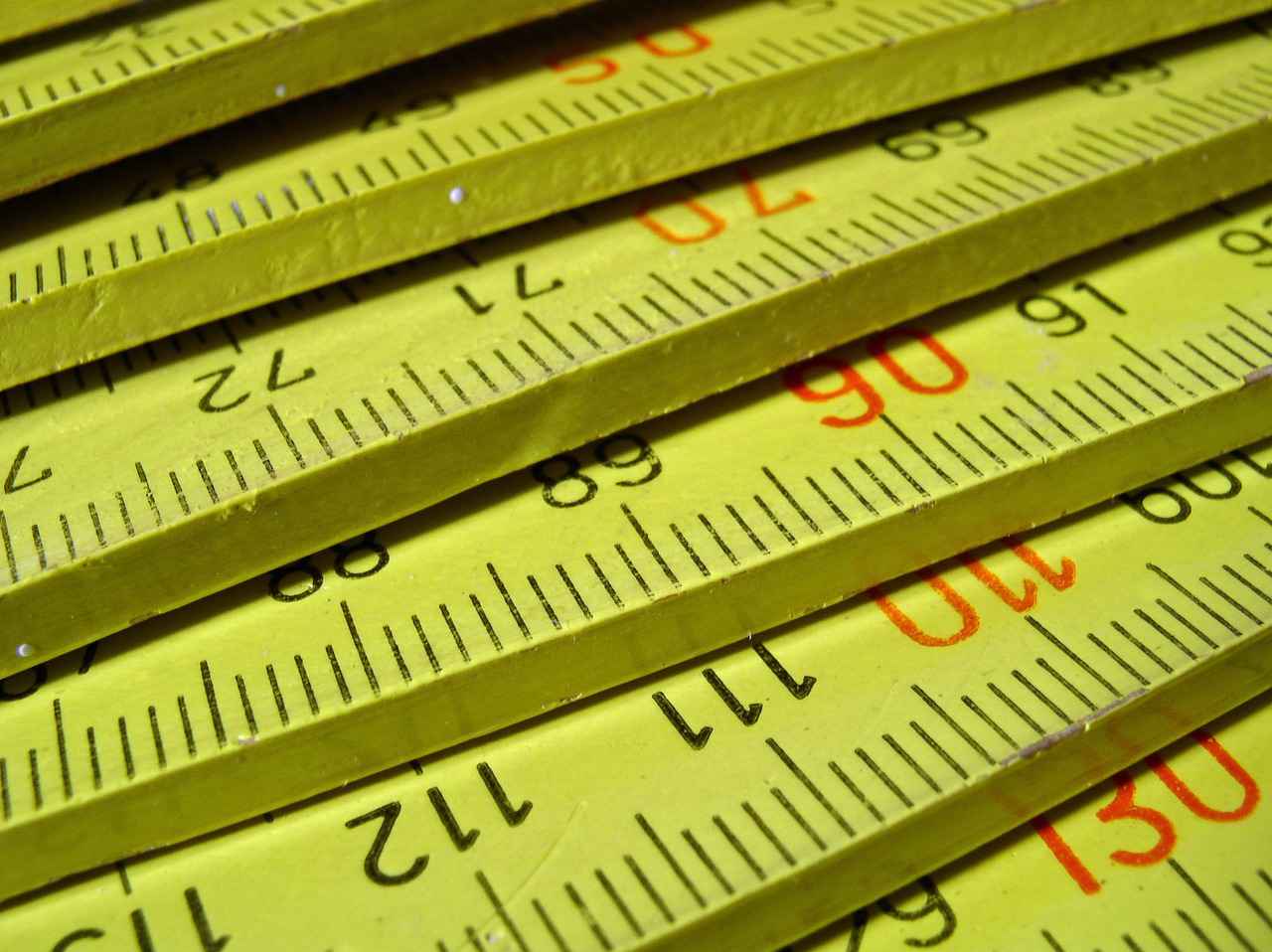When you’re hunting for a home, always compare the listed square footage with the official records found on the Multiple Listing Service (MLS) and tax documents. Spotting any discrepancies can help you understand if there’s been an error or if modifications have been made.
Typically, MLS data comes from the official records in the county assessor’s office, which aims to maximize property assessments for higher taxes. As a homeowner, you might prefer these records to show less square footage to lower your tax bill, especially if you’ve made renovations that increase the size of your home without updating the official records.
For sellers, a higher square footage recorded means you can potentially sell your home for more. If you’re planning to sell soon and know your home’s square footage has increased (perhaps from renovations), it’s beneficial to update this with the assessor’s office.
Sometimes, sellers might list a higher square footage in their marketing materials than what’s officially recorded, often including disclaimers that encourage buyers to verify these figures themselves. As a buyer, it’s important to be aware of this tactic.
Why Square Footage Accuracy Matters:
1. Influence on Buying Decisions: Square footage significantly affects a buyer’s perception of value and the price they’re willing to pay. A discrepancy here can lead to misjudged property values.
2. Seller Credibility: Accurate listings enhance a seller’s credibility. Misrepresentations, even if unintentional, can deter potential buyers and complicate the selling process.
3. Potential Legal Repercussions: Incorrect square footage can lead to legal issues and disputes, which complicate transactions and may result in fines.
Ensuring Accuracy:
Both buyers and sellers benefit from accurate square footage listings. Sellers should ensure their home’s listed square footage matches the most recent records, possibly requiring an updated appraisal. Buyers should verify square footage independently, which involves hiring an appraiser or measuring the space themselves.
When discrepancies in square footage occur, they often stem from unrecorded modifications or outdated records. Renovations without permits, infrequent appraisals, and discrepancies between different official sources can all affect the accuracy of square footage data.
Measuring Square Footage:
To measure your home’s square footage according to MLS guidelines:
– Measure the exterior dimensions of your home.
– Draw a floor plan or use an existing one to check interior measurements, especially for spaces like basements or attics that aren’t easily accessible from outside.
Remember, the way square footage is measured can vary. Some appraisers measure from the outside walls, which can increase the total square footage due to the thickness of the walls.
Handling Discrepancies:
If you find a discrepancy in square footage:
– For buyers, consider the implications for the home’s value and negotiate accordingly.
– For sellers, correct any inaccuracies in official records and provide potential buyers with the most accurate and recent data.
Final Thoughts:
Accurate square footage is crucial in real estate transactions for establishing trust, determining property value, and avoiding complications. Whether buying or selling, ensure the square footage listed is accurate and verified to safeguard your investment and interests in the property market.







































